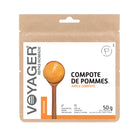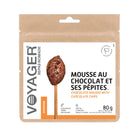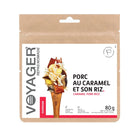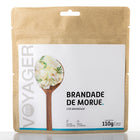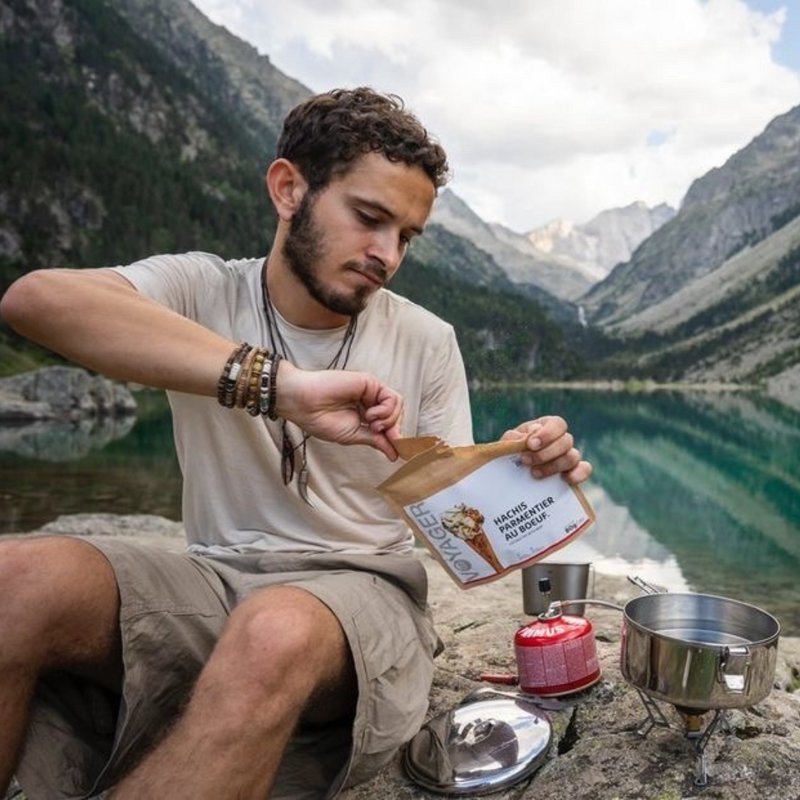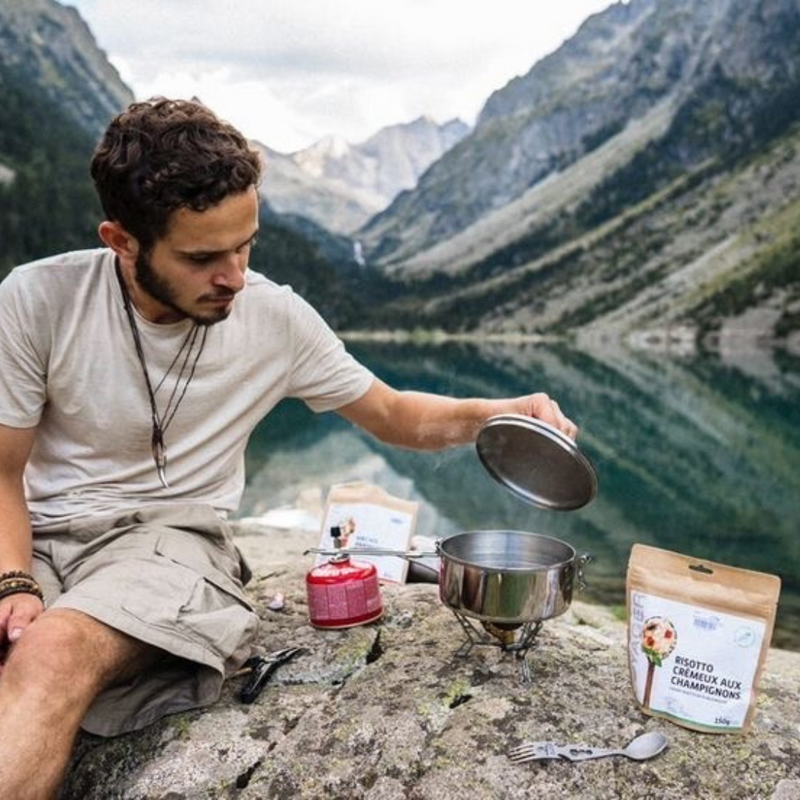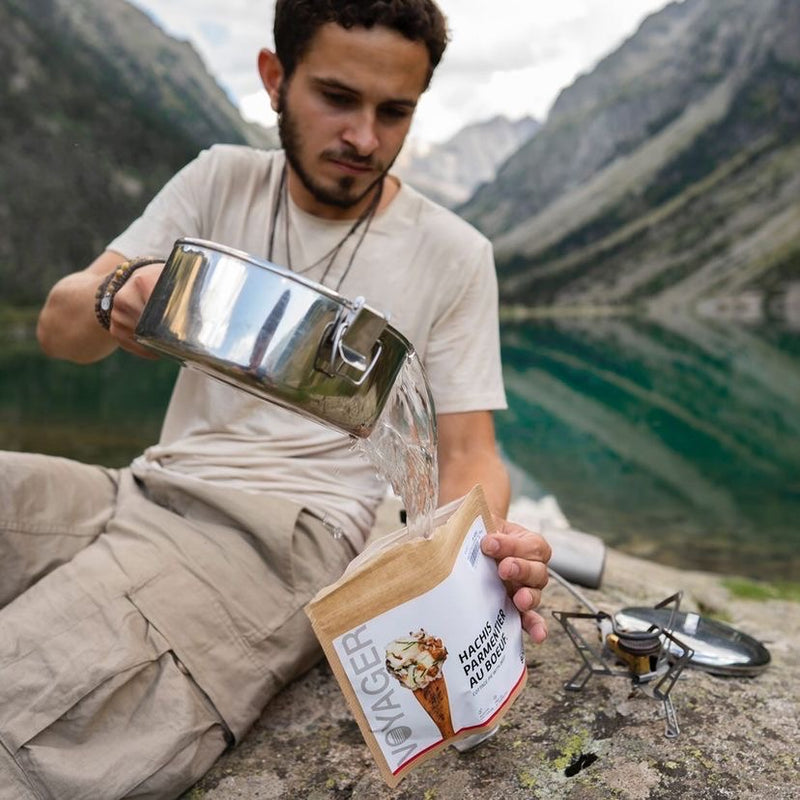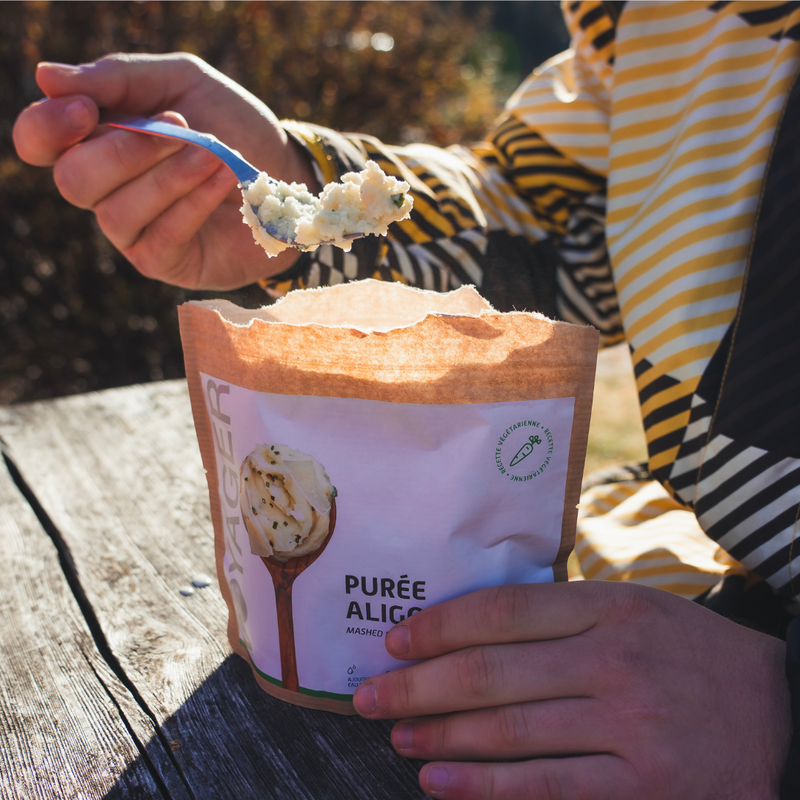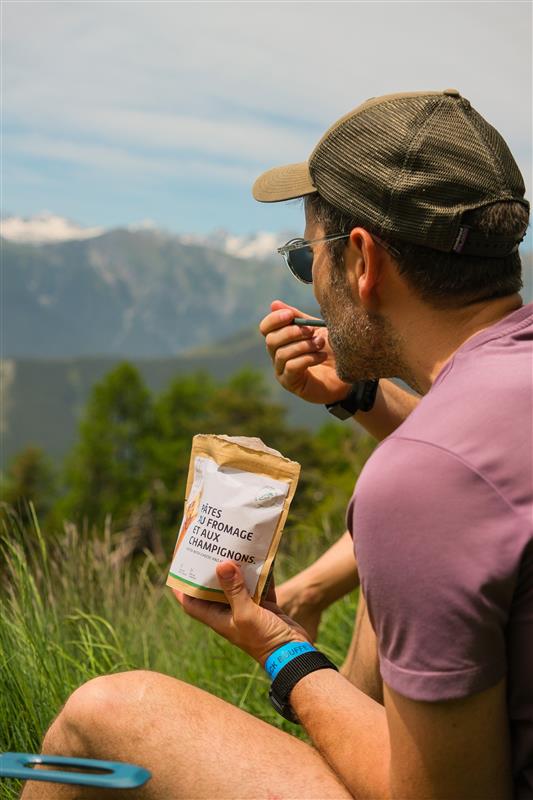Optimize the weight and size of your backpack
Weight and bulk are major criteria when it comes to filling your backpack. It's not about doing excessive Marie Kondo, here everything you collect will be to lug around and wear. And if for the first meters it's easy, over time and with elevation, you're going to drool. The weight of the bag is no small feat. It is necessary to make a careful selection according to different elements:
- The place that will influence the topology (gradient, flat),
- The climate (tropical, temperate, cold): it is essential to find out about the weather. Hiking in the storm is strongly discouraged (and this does not only concern the mountains). You put yourself in unnecessary danger as well as the people who will help you. You might as well avoid this and book your escape in the middle of nature for a day when the conditions are more favorable.
- Duration of your trek if you leave for 2 days or 10.
- Time range. It is easier to hike in the summer because the days are longer, you can afford to stroll a little along the way. Days are shorter in winter. You must distribute your daily mileage well to be sure of arriving at your destination. Just in case, always bring a lamp (the headlamp allows you to light up at human height and have your hands free to read a map or pitch the tent).
- Your size and your physical condition: It is recommended not to exceed 20% of the wearer's weight.
- Technical nature of the trek: warm technical clothing against the cold and snow, technical equipment such as crampons or snowshoes for high mountain hikes.

Food and hydration to manage your food autonomy
A rehydration system and food are among the "must haves" regardless of the duration of your hike or trek. They are still far too neglected, yet solutions exist to provide you with the nutritional elements necessary for your effort.
Recommended diet:
- Energy bars and dried fruits in sufficient quantity for your entire hike.
- Eat regularly to avoid hypoglycaemia and other “fatigue attacks”.
- VOYAGER freeze-dried meals are specially designed to meet the nutritional needs of outdoor activities (hiking, trekking, bivouac...). Freeze-drying the recipe makes the dish very light and can be stored in all conditions (high temperatures, extreme cold). A freeze-dried dish weighs about 4 to 5 times less than a classic dish, and there is no risk of degrading it. Most dishes are reconstituted in hot water, some can also be rehydrated in cold water. Provide the necessary water in your gourd to reconstitute the dish. VOYAGER recipes are reviewed regularly to also bring you taste and comfort during exercise.
A well-fed trekker is a trekker ready to take on challenges.
Recommended hydration:
- A sufficient amount of water is essential for your efforts. If it is advisable to drink 1.5L of water per day on average for a “sedentary” day, then the frequency and quantity of water to be consumed will have to be increased according to the effort and the ambient heat.
- An insulated water bottle in the bag with hot water or tea is always appreciated during a cold weather break.
- Filtration systems or micropure type tablets are used during isolated treks.
The essential equipment

-
Hiking boots ? adapted to the type of hike practiced and comfortable,
- A backpack (don't take too big a backpack, you'll be tempted to fill it up and weigh it down),
- The tent, mattress and sleeping bag adapt according to the climate and your size. To walk well, you need to be rested. A meat bag may suffice for nights in refuge with a sleeping bag.
- Clothing suitable for the weather:
The principle of 3 superimposable layers to stay dry and warm: a layer to wick away perspiration, a layer to provide warmth and a layer to protect against the elements.
- Protection and hygiene : solar (cap, glasses, sunscreen) and against bad weather (windbreaker, raincoat).
- Mosquito repellent and tick tweezers can be useful. A packet of tissue or toilet paper (remember to take a bag to put your waste in. It is not because the PQ is supposedly "biodegradable" that it is appropriate to make cairns of it everywhere. marmots will appreciate). Lighter or matches.
-
Orientation equipment according to your usage habits: smartphone with cartography, IGN map, compass, altimeter, hiking GPS or GPS watch
- First aid kit: first aid kit, survival blanket, multifunction knife, headlamp, mobile phone.
